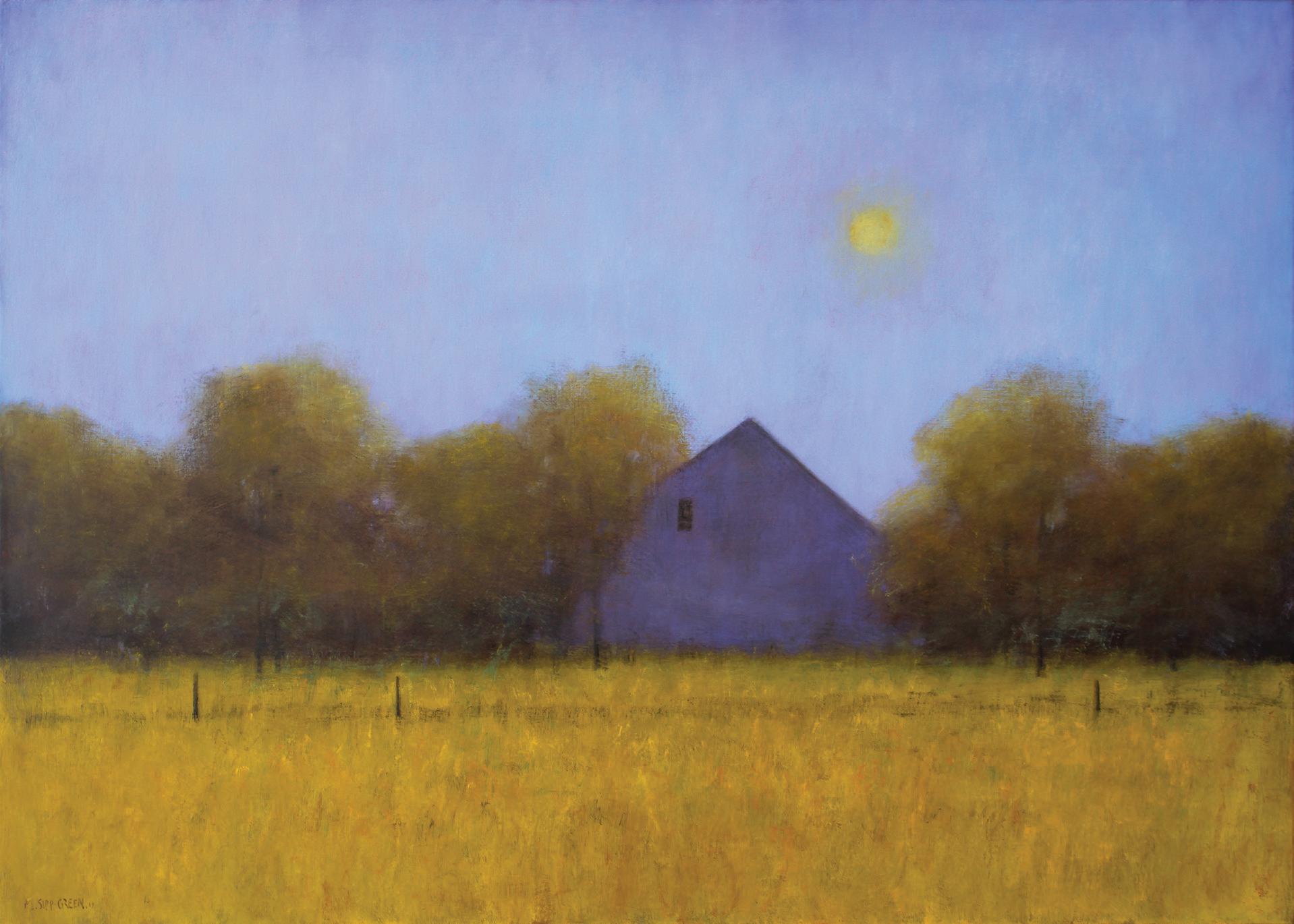FINDLAY GALLERIES
 Ronnie Landfield
Mary Sipp Green
Ronnie Landfield
Mary Sipp Green

 Ronnie Landfield
Mary Sipp Green
Ronnie Landfield
Mary Sipp Green

Contemporary American painters Mary Sipp Green and Ronnie Landfield’s distinct styles draw significantly from landscape. Sipp Green’s luminous hues draped over transcendental environs evoke powerful feelings of serenity and nostalgia. For Landfield, landscape supports the emotional impact of his work and speaks to his considerable passion for the environment. Each artist has made innovative advances in their technique over decades of practice to convey nature’s influence on our emotions more effectively. Findlay Galleries invites you to view Fields of Color and explore the threads of inspiration that unite these two artists as they realize their unique visions.




















Landfield | Summer’s End









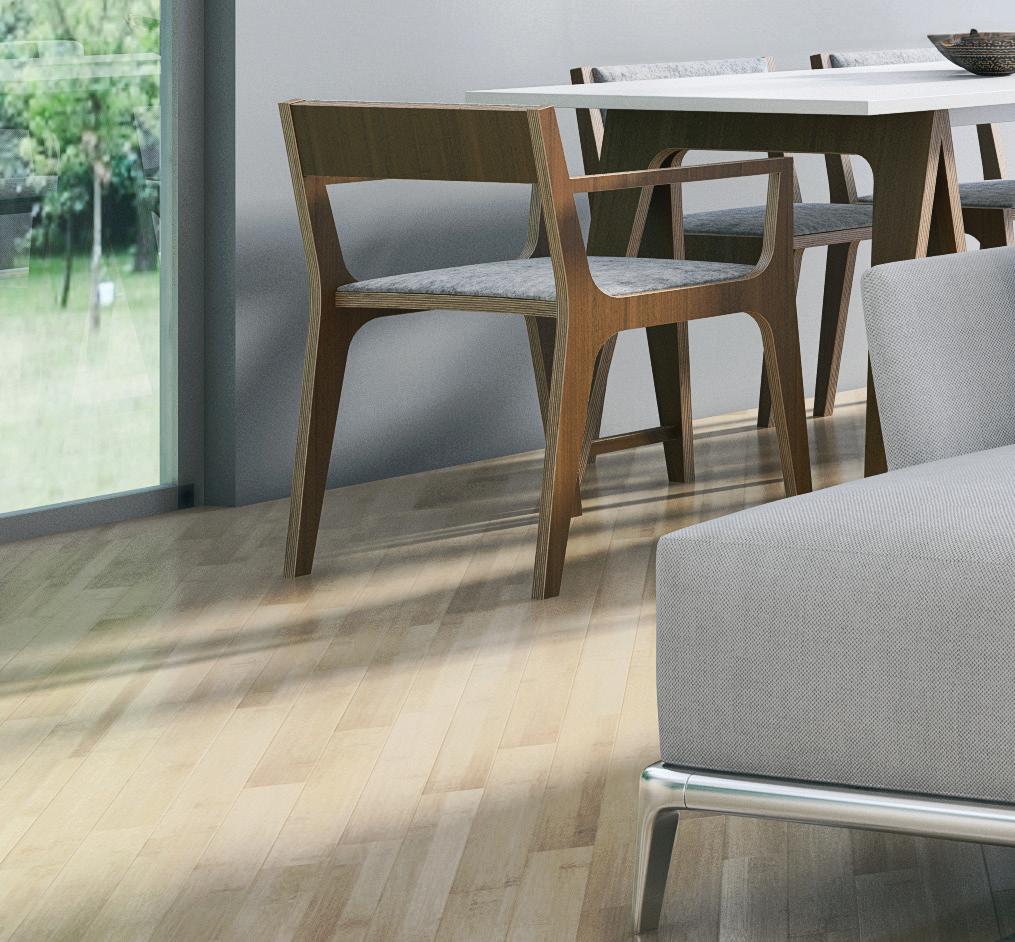





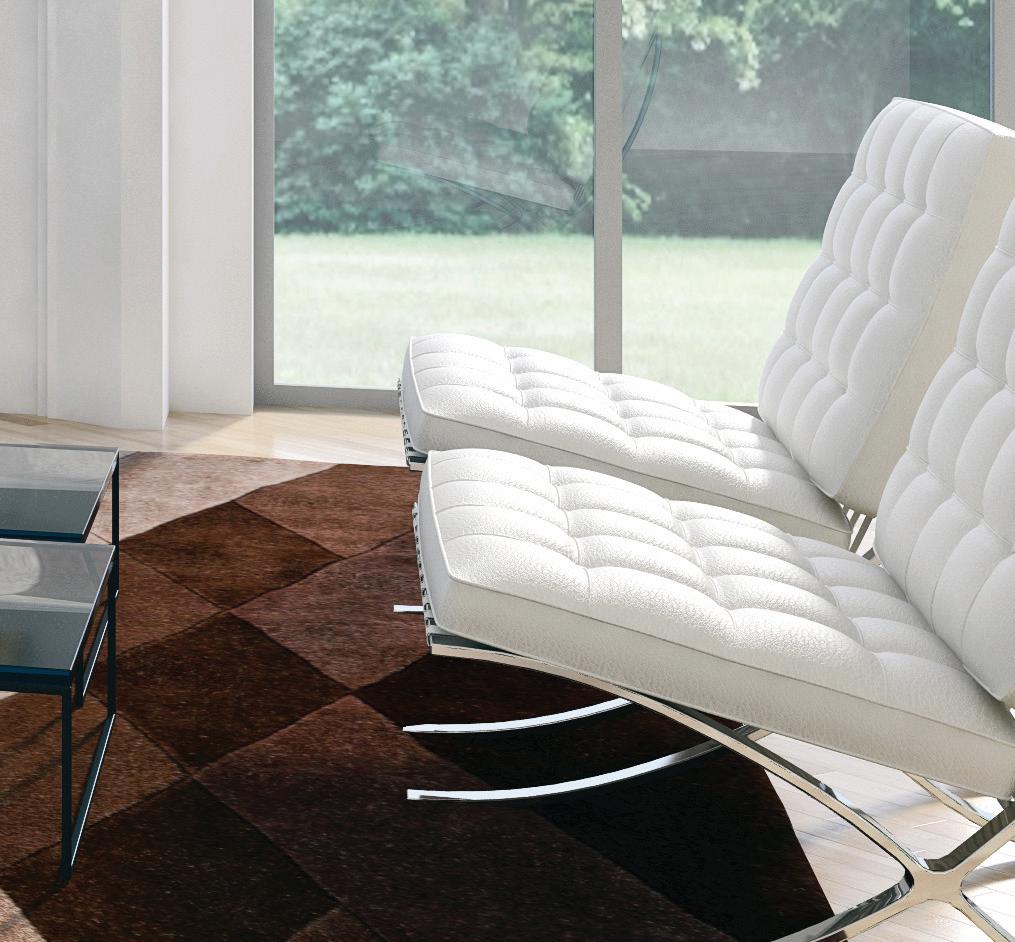

Mary Sipp Green’s trademark skies, with their layers of color have a perception beyond the merely visible. Sipp Green excels at depicting the land around her. It is not the tangible qualities that are highlighted in her paintings; it is the softly washed memories of a place.
“I think of my paintings, which are situated between abstraction and recognizable form, as explorations in beauty and the spiritual presence found in nature.”
– Mary Sipp Green
“When I began painting, I painted things as I saw them” Mary explains, “very recognizable, very realistic…after eight years, I felt there was more to say about something than its surface reality…I wanted to get more from a painting, and I wanted to go deeper. I was searching for a new direction. This was about 1990.”
“I was walking in a meadow, one I had walked in many times before. It was a green field with a gray barn. That particular day, the field turned golden, with the flowering goldenrod and in the light, the barn became purple. From that experience I painted Dusk on Goldenrod, a painting I consider a transitional work.”
Mary’s father was an artist and had a studio in New York City where she drew and painted as a child. She attended FIT (the Fashion Institute of Technology in New York) where she studied apparel design. For years she had a clothing boutique in Greenwich Village. Eventually she moved with her family to the Berkshires. Mary said “I decided I wanted to paint…I wanted to see what my paintings would look like, and I knew that I would be most regretful if I did not get that chance.”

The disposition of shapes and the luminosity of the colors that define them invariably convey a depth, a temperature, even a relative humidity, shifting readily from sea to mountain to desert, even within a single painting.
– Ronnie Landfield
The lyrical abstractions of Ronnie Landfield have become icons of the modernist Colorfield movement. As a young boy, growing up in New York City, Landfield would visit the avant garde galleries of the time, taking in the abstract expressionists’ work such as Jackson Pollock, Ad Reinhardt and Willem de Kooning. In a reaction to the all-over, process oriented abstraction of the midcentury, Landfield painted his abstractions from nature, incorporating the horizon as he used random effects of pouring and staining.
Landfield studied at the Kansas City Art Institute, the San Francisco Art Institute and The Art Students League in New York.
In 1967, at the age of 20, The Whitney Museum of American Art invited Landfield to exhibit. He was also included in the Whitney’s biennials of 1969 and 1973. In 1969 he began showing with David Whitney Gallery in Soho. Also that year, architect Philip Johnson donated his important canvas “Diamond Lake” to the Museum of Modern Art.
Landfield’s work is in the Metropolitan Museum of Art, the Museum of Modern Art, the Whitney Museum of American Art, the Art Institute of Chicago and other important public institutions.








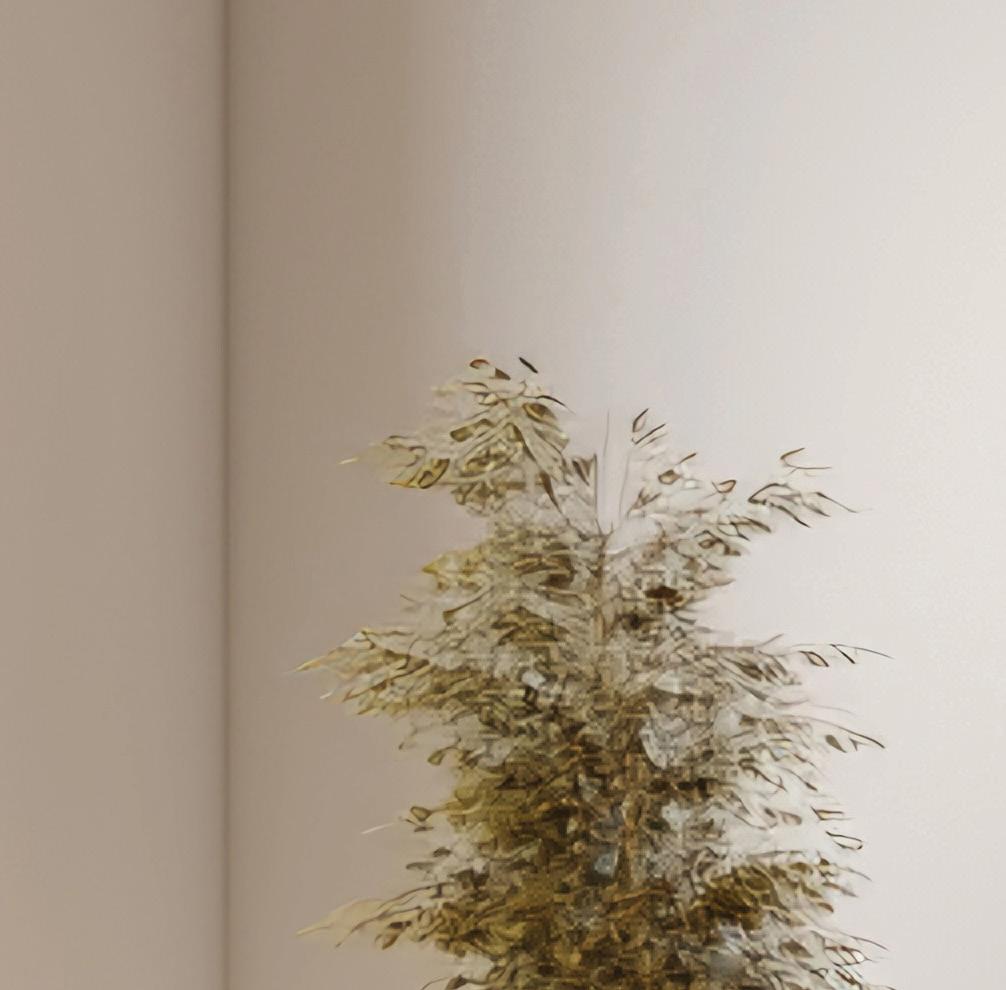


























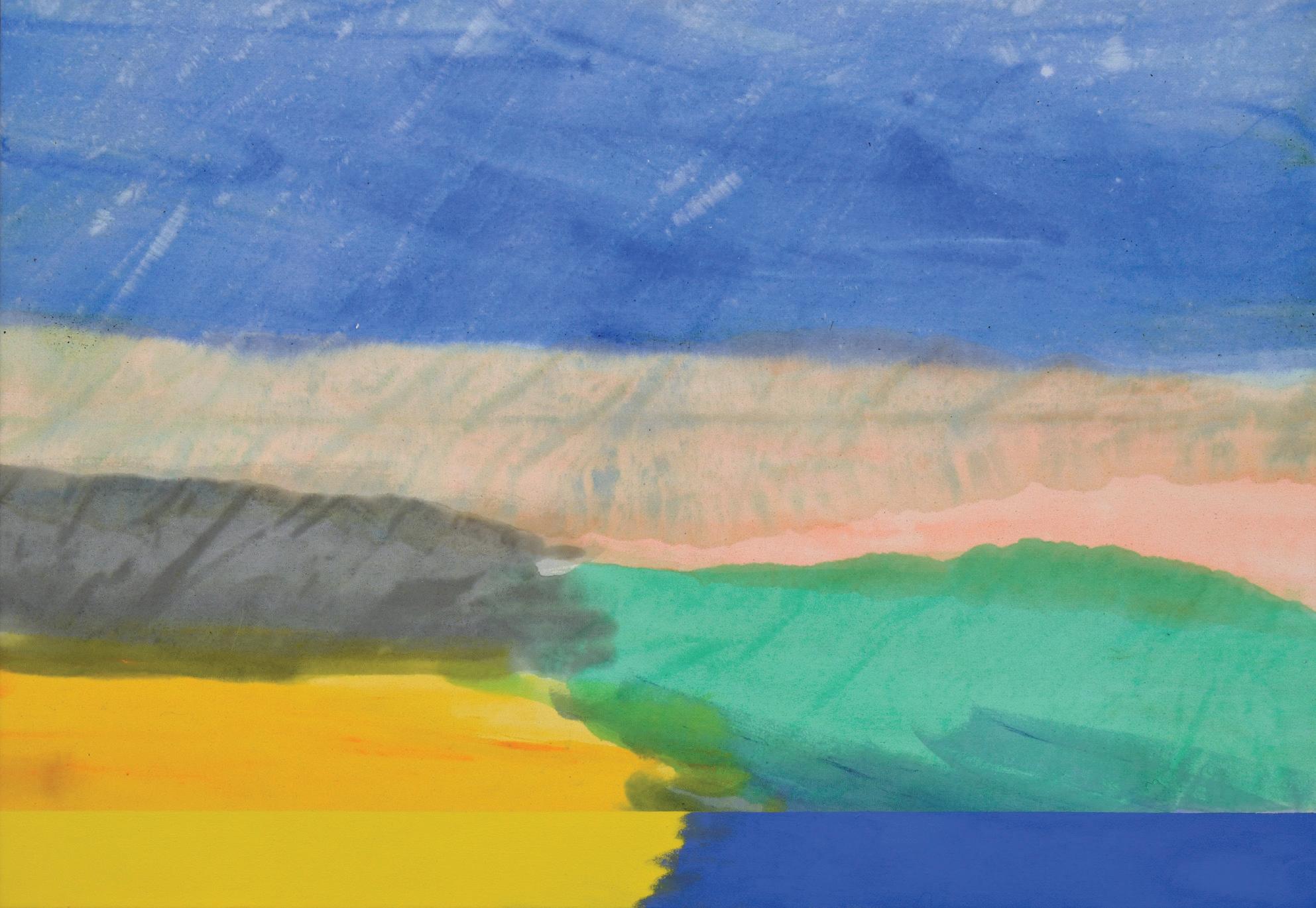

Landfield | Freedom’s Stand



